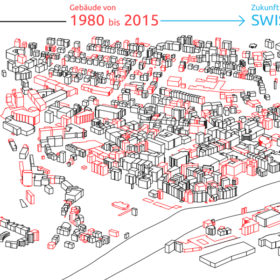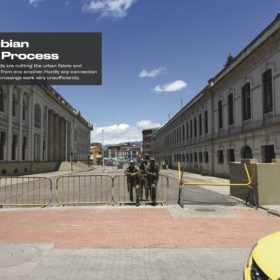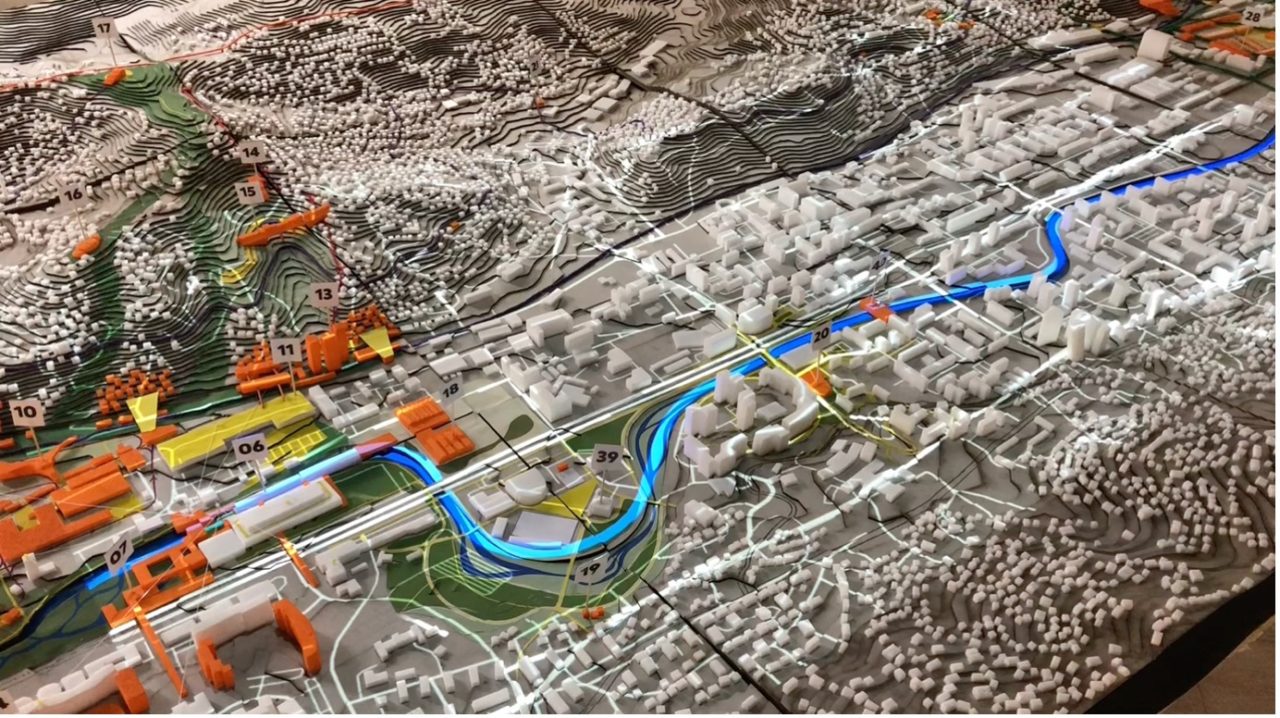
To support and enable the Urban Transformation of the City of Sarajevo through quantitative, data-driven assessments and novel 4D digital aesthetics, we apply digital twins and large-scale, agent-based, and bottom-up simulations.
As a multi-stakeholder project, the Urban Transformation Project Sarajevo (UTPS) is developed between the Klumpner Chair of Architecture and Urban Design, Laboratory of Energy Conversion, ETH Zurich spin-off SwissAI, University of Sarajevo and Canton Sarajevo Institute of Planning and Development. The overarching key component of the project is the elaboration of the Urban Plan for Sarajevo until the year 2040.
Data-driven and Agent-based Simulations
The UTPS project uses the ETH simulation software EnerPol to support decision-making through data-driven and agent-based models. Thanks to its granular database, calibrated with on-field measurements using the UTPS mobile laboratory «Studio Mobil» (e.g. wind measurements or traffic counts), EnerPol’s data-driven assessments deliver accurate results. In EnerPol, agents representing people, buildings, or vehicles, are characterised by a set of known input parameters. Their behaviour can be predicted by accounting for the interactions among agents and between agents and the system. Agent-based simulations are used in assessments of infrastructure, private and public mobility, population, and urban developments.
Facilitating Decision Making
It is challenging to understand the impact of urban planning on the city’s functioning. Various dynamics, such as infrastructure usage, are interconnected. The integrated approach of Digital Twins is best suited to decrypt complexity and assess the impact of future scenarios on several externalities, such as pollution or traffic. Local stakeholders define Key Performance Indicators to aggregate quality of life indicators and compare the effects of policies on population welfare.
Novel 4D Digital Aesthetics
To communicate results, which are quantitative plots and maps generally not understood by lay people, a novel digital aesthetics is developed, which is multi-faceted, multimedia and trans-scalar:
- 1:5000 Large-scale: Co-design of a haptic physical model, with projections in the local «Urban Design Studio Sarajevo» event and workspace, bridging actual and virtual reality.
- 1:1000/1:500 Medium-scale: For accessibility, a dynamic web- and time-based interface using WebGL technology allows stakeholders to join the discussion remotely.
- 1:1 Small-scale: Automatised data processing in real-time game engines using GPU technology allows visualising large-scale urban areas. Selected areas of interest in the City of Sarajevo are enhanced with on-site point-cloud data collection using a «Studio Mobil», drone and photogrammetry.
Conclusion
The ultimate goal of the presented methodology is to support decision-making processes for evidence-based policy-making, in particular the urban plan, regulatory plans, and small scale interventions for Sarajevo.
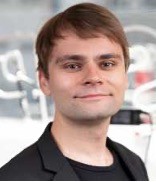 Dr. Michael Walczak graduated in 2021 from the University of Applied Arts Vienna. In his work, he has bridged with the ETH Zurich Institutes Klumpner Chair of Architecture and Urban Design, Laboratory for Energy Conversion, and the ISTP Urbanization Research Incubator. His doctoral dissertation, «Digital Urban Imaginaries: Digital models transforming citizen-centred design processes,» resulted in the co-development of the commercialised software Enerpol for large-scale urban simulations. Michael Walczak is currently a postdoctoral researcher leading the Urban Transformation Project Sarajevo and is co-directing urbanthinktank_next in Vienna and Sarajevo.
Dr. Michael Walczak graduated in 2021 from the University of Applied Arts Vienna. In his work, he has bridged with the ETH Zurich Institutes Klumpner Chair of Architecture and Urban Design, Laboratory for Energy Conversion, and the ISTP Urbanization Research Incubator. His doctoral dissertation, «Digital Urban Imaginaries: Digital models transforming citizen-centred design processes,» resulted in the co-development of the commercialised software Enerpol for large-scale urban simulations. Michael Walczak is currently a postdoctoral researcher leading the Urban Transformation Project Sarajevo and is co-directing urbanthinktank_next in Vienna and Sarajevo.
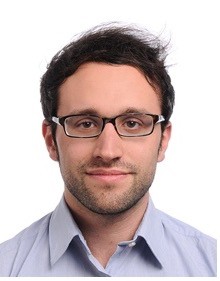 Dr. Marco Pagani is a postdoc researcher at the Klumpner Chair of Architecture and Urban Design. In his doctoral dissertation «The Role of Individuals in the City-Scale Energy Transition: An Agent-Based Assessment», he developed and applied EnerPol to quantify the technical and financial challenges associated with undertaking the energy transition at the scale of cities. Marco Pagani joined the Urban Transformation Program Sarajevo in 2021 as Data and Digital Modeling Coordinator.
Dr. Marco Pagani is a postdoc researcher at the Klumpner Chair of Architecture and Urban Design. In his doctoral dissertation «The Role of Individuals in the City-Scale Energy Transition: An Agent-Based Assessment», he developed and applied EnerPol to quantify the technical and financial challenges associated with undertaking the energy transition at the scale of cities. Marco Pagani joined the Urban Transformation Program Sarajevo in 2021 as Data and Digital Modeling Coordinator.
